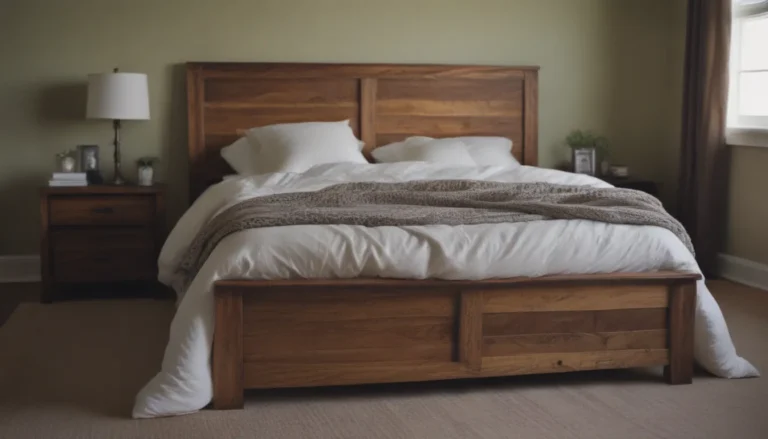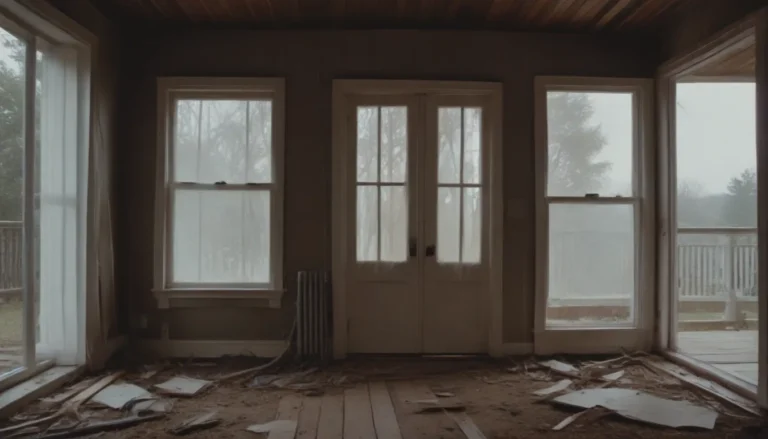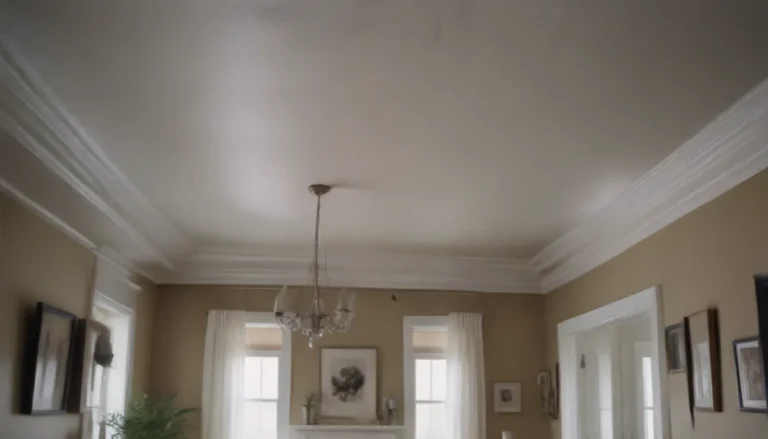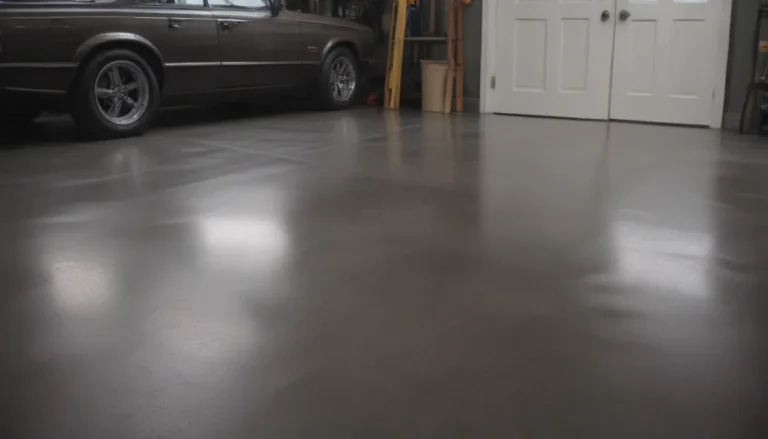Understanding 4-Way Switches: Control Your Lighting from Multiple Locations
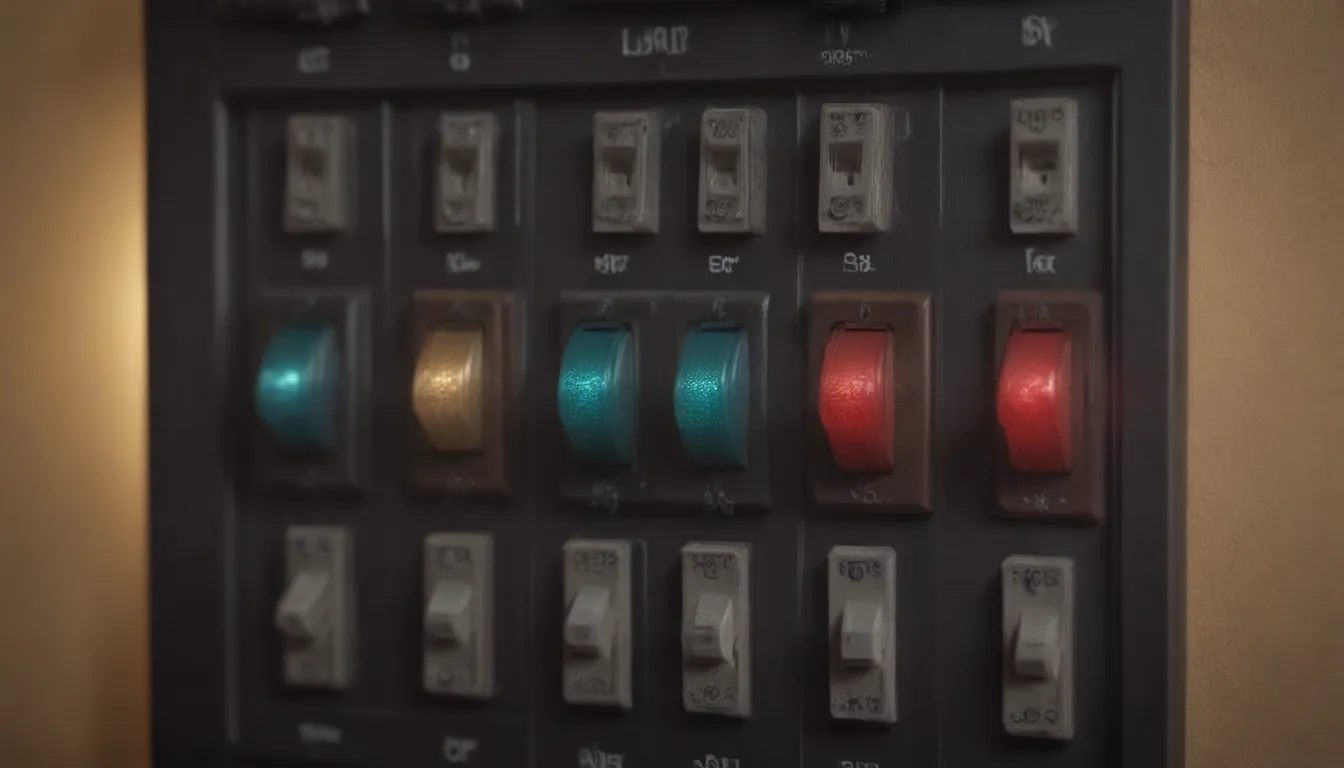
Lighting in your home is controlled by a variety of switches, each serving a specific purpose. From the common single-pole switch to the more complex 4-way switch, these devices play a crucial role in how we interact with the lighting around us. In this guide, we will delve into the world of 4-way switches, exploring how they work and where they are best utilized.
What Is a 4-Way Switch?
A 4-way switch is a key component in controlling lighting from three or more locations. While a single-pole switch controls a light fixture from one location and a 3-way switch from two, a 4-way switch takes it a step further by allowing control from at least three different locations. This makes them ideal for large rooms, open floor plans, or areas with multiple entrances.
How Does a 4-Way Switch Work?
At the core of a 4-way switch is its ability to open or close an electrical pathway between multiple locations. When placed between two 3-way switches, a 4-way switch toggles between two sets of positions to allow the flow of current. Picture a scenario where one side of the 4-way switch is connected to one 3-way switch, while the other side is connected to another 3-way switch, with both ultimately leading to a light fixture. This setup creates a versatile system where the light can be controlled from any of the switches.
Key Components:
- Terminal Screws: Provide toggle positions for current flow.
- Traveler Wires: Connect switches to complete the circuit.
Tip:
When wiring a 4-way switch, ensure you follow the manufacturer’s instructions for proper terminal pairings. Additional 4-way switches can be added between two 3-way switches to control lighting from more than three locations.
Where to Use a 4-Way Switch
4-way switches are best suited for spaces with multiple entrances or exits, such as large rooms or areas with interconnected pathways. For instance, a living room with three door openings would benefit from a 4-way switch to control the lighting effectively. Similarly, complex layouts like a hallway shaped like a ‘T’ would require a combination of 3-way and 4-way switches to enable lighting control from different entry points.
3-Way vs. 4-Way Switches
While 3-way switches are commonly used to control lighting from two locations, 4-way switches act as a complement to the former, enabling control from three or more locations. The combination of these switches allows for versatile lighting solutions in various settings, from hallways and staircases to living rooms and garages.
Examples of Usage:
Scenario 1:
- Setting: A living room with three entrances.
- Solution: Install a 4-way switch to control lighting from each entry point efficiently.
Scenario 2:
- Setting: A hallway with multiple pathways.
- Solution: Use a combination of 3-way and 4-way switches to manage lighting from different directions effectively.
In Conclusion
4-way switches play a pivotal role in modern lighting systems, offering flexibility and convenience in controlling illumination from multiple locations. By understanding their functionality and application, you can make informed decisions when it comes to enhancing the lighting in your home.
Remember, when it comes to setting up a 4-way switch, always consult the manufacturer’s guidelines and seek professional assistance if needed. With the right knowledge and approach, you can transform the way you interact with your home’s lighting system for the better.
